Kase Buyers Guide: Graduated and other filters
Kase Buyers Guide: Graduated and other filters
Graduated Filters
Graduated filters have a gradient across the plain of glass which varies in strength and density, referred to as soft edge, medium edge, hard edge or reverse graduated filters and depending what you wish to shoot, will determine what is best for you.
A soft edge graduated filter is best suited too busy horizons, photographers working in woodland, mountainous or urban environments will benefit most from the soft edge across the horizon, giving a soft blend across the gradient.
Medium edge can also be used in similar areas but some cautious is needed to ensure no harsh lines across trees or buildings. A hard edge is best on open hill tops, coast lines and empty horizons as the gradient is harder and more abrupt.
For example, if used in woodland you will see the hard line of the gradient across trees and foliage which will give an unnatural appearance to the photo.
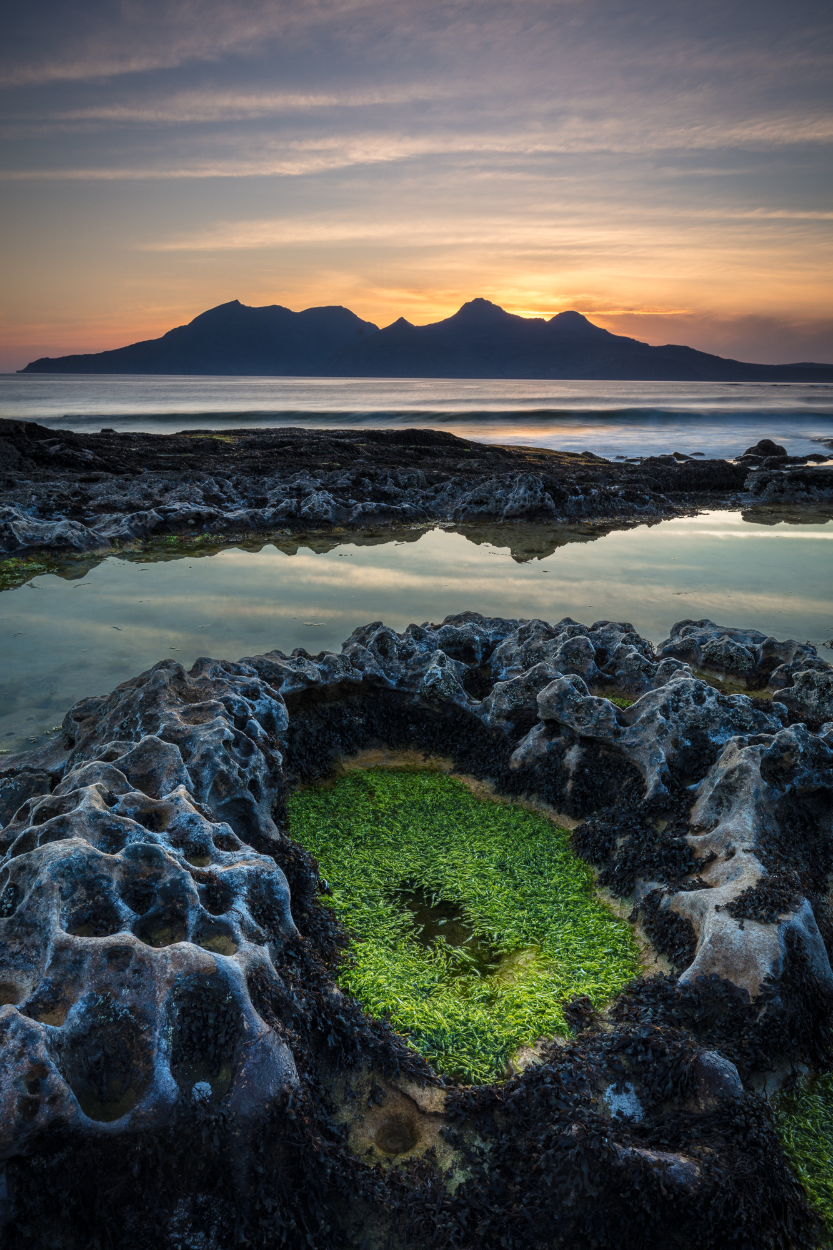
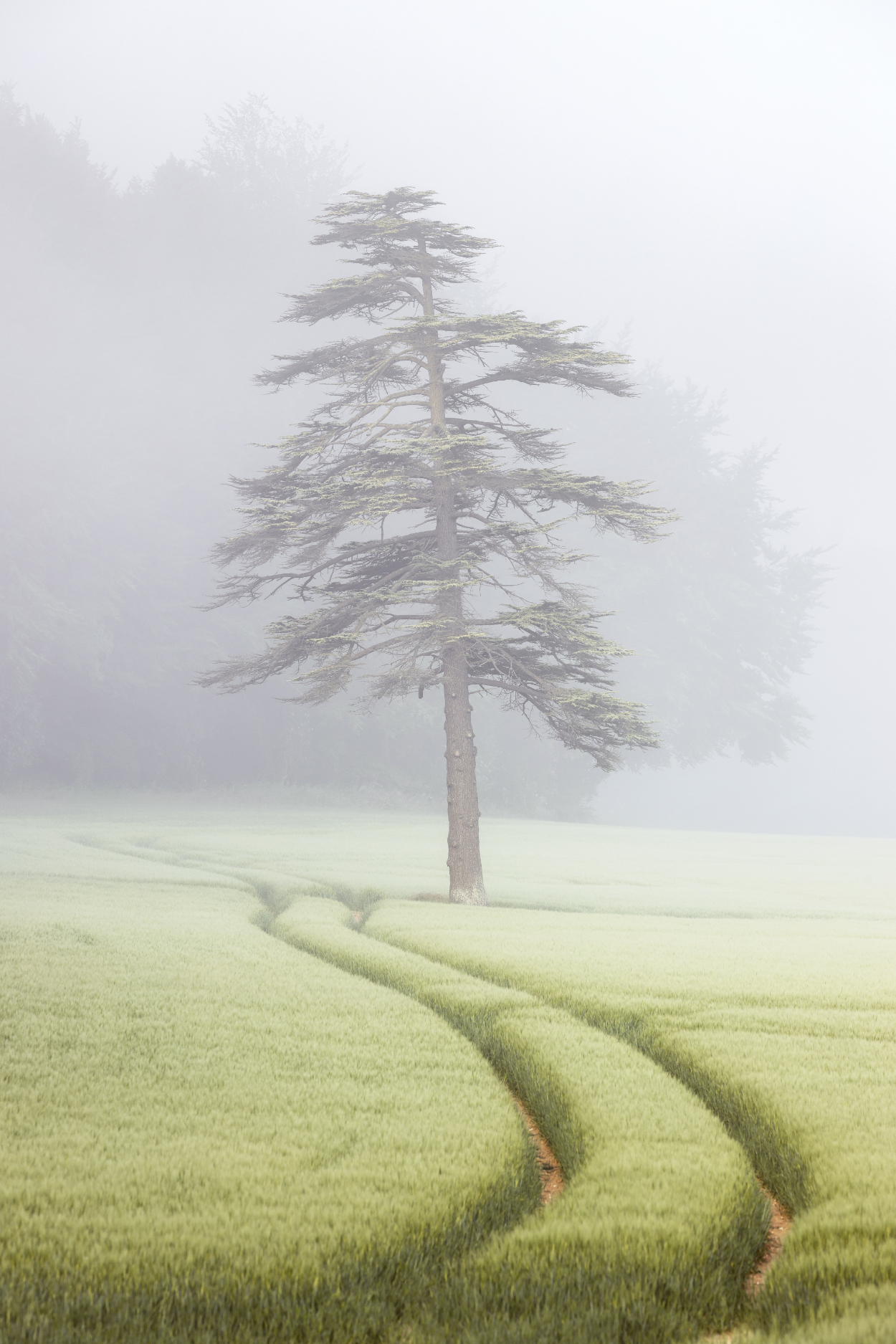
A reverse gradient filter is best suited too that of clean horizons and often a vital tool for any coastal photographer looking to shoot during sunrise or sunset hours. This is because the darkest area of the filter is located in the middle and allow the user to capture the colours and definition in the sky, all while maintaining a clear exposure in the foreground.
All these graduated filters come in various densities too, however not to the same depth as fixed or variable density filters. You will find all graduated filters in 2, 3 and 4-stop densities. Much like what plain of the gradient you need the density will vary between requirements.
Clear, bright skies will require a stronger density to balance the sky and foreground. For example a sunset by the coast will require a 3-stop or even 4-stop hard edge or reverse graduated filter, where as a thick woodland may only require a 2-stop soft edge graduated filter to help balance the light.
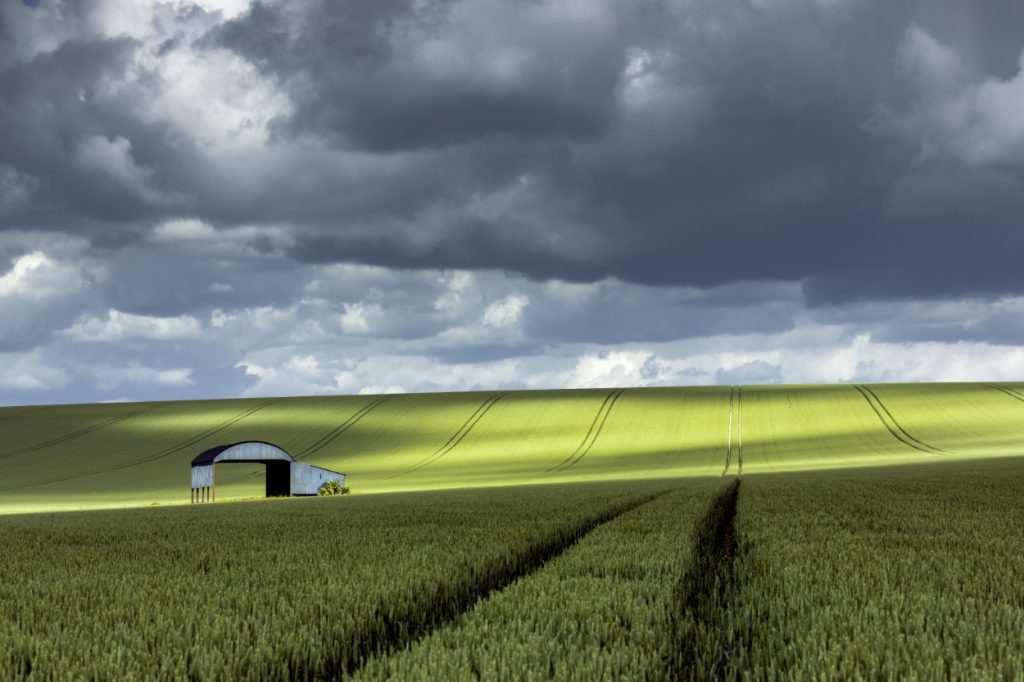
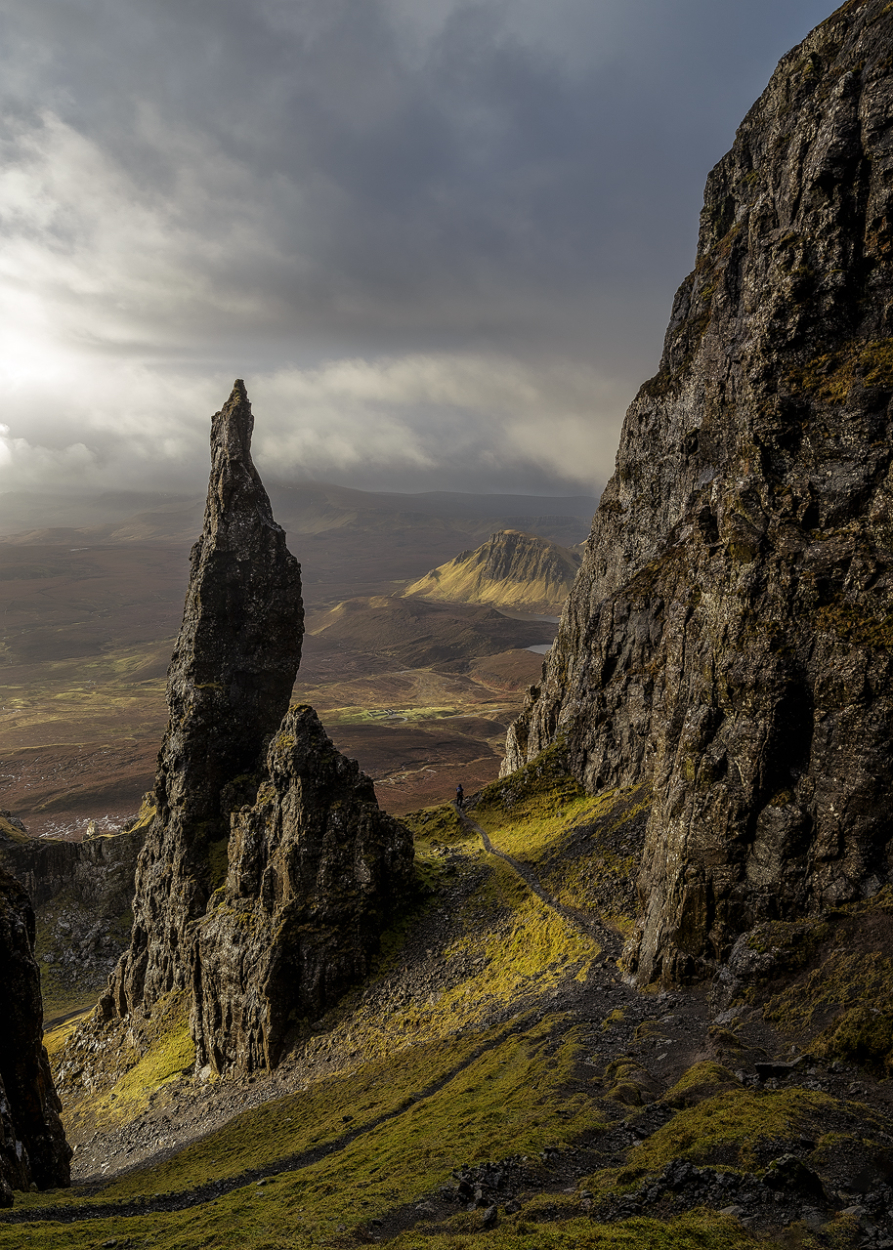
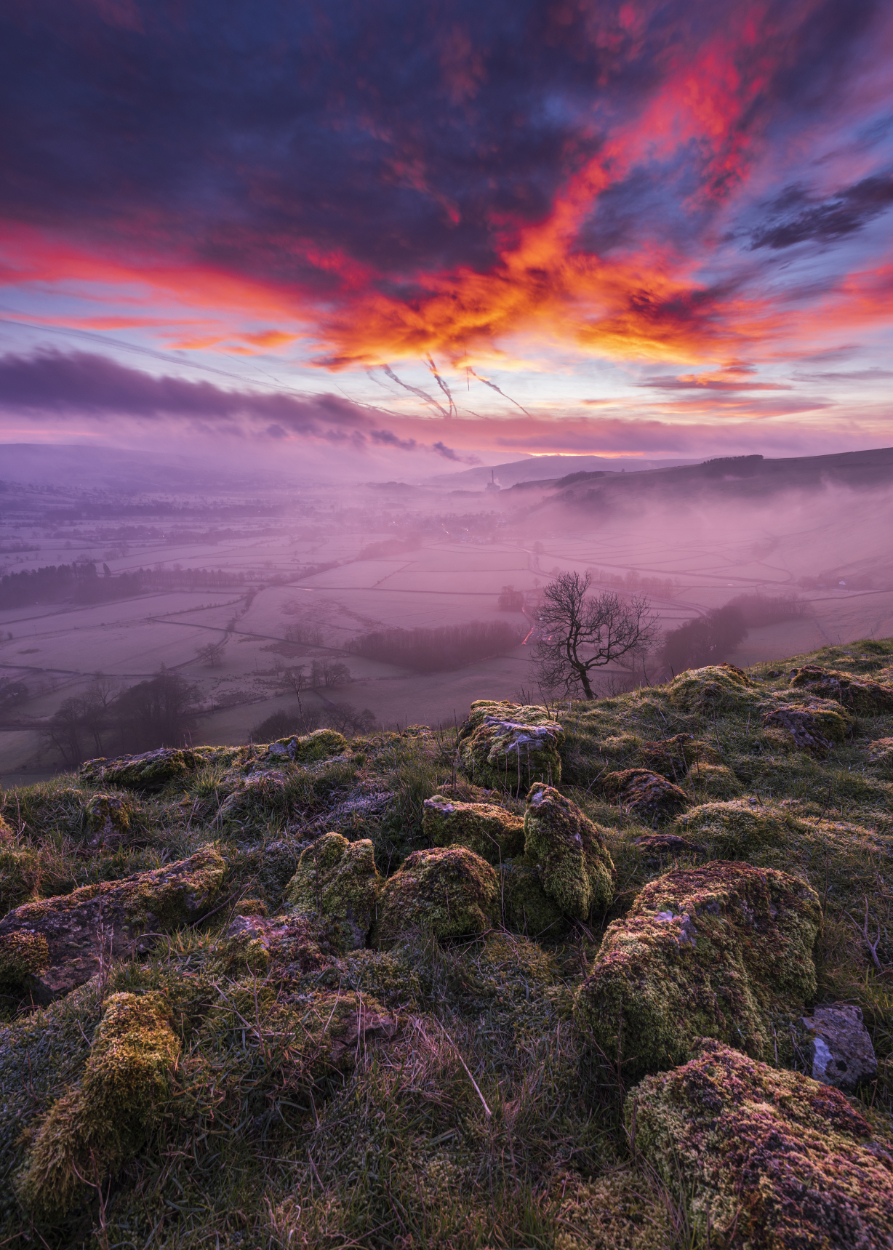
Double Graduated Filters
The Wolverine Double Graduated filters are the perfect companion when you want choice but you don’t want to carry extra filters. These new innovative filters combine 2 types of graduated neutral density filter in to one compact and affordable package.
This gives you three distinct advantages over regular graduated filters.
- Save Weight & Space
The first of these is a reduction of the number of physical filters you need to carry in your bag, as one Wolverine Double Grad does the job of two regular Graduated filters.
This means the Double Grad not only saves you half the weight, but half the space in your bag. - Save Money
Secondly there is the economic benefit, in that the Double Grad is far more cost effective than buying two individual filters. This means you can buy the same amount of filters for less money, or spend the same amount of money and get even more filters. - More Choice
Finally, the Double Grad makes it so easy to choose and compare which filter is right for your scene.
With some scenes, it maybe obvious as to which type of graduated filter is needed. For example, if you are shooting a seascape then a Hard Grad will often be the best choice.
Sometimes in a landscape scene, it’s not always obvious what type of Graduated filter will give the best result.
When using traditional grads, you would typically insert the first filter to see how it would suit the scene and take a test shot. You would then remove the filter and try the next filter to compare which filter produced the best results for the scene in front of you.
This process is lengthy and if the light is fleeting, then there is every chance you will miss the shot.
The Double Grad reduces that workflow, because it allows you to compare two different grads by simply reversing the filter holder.
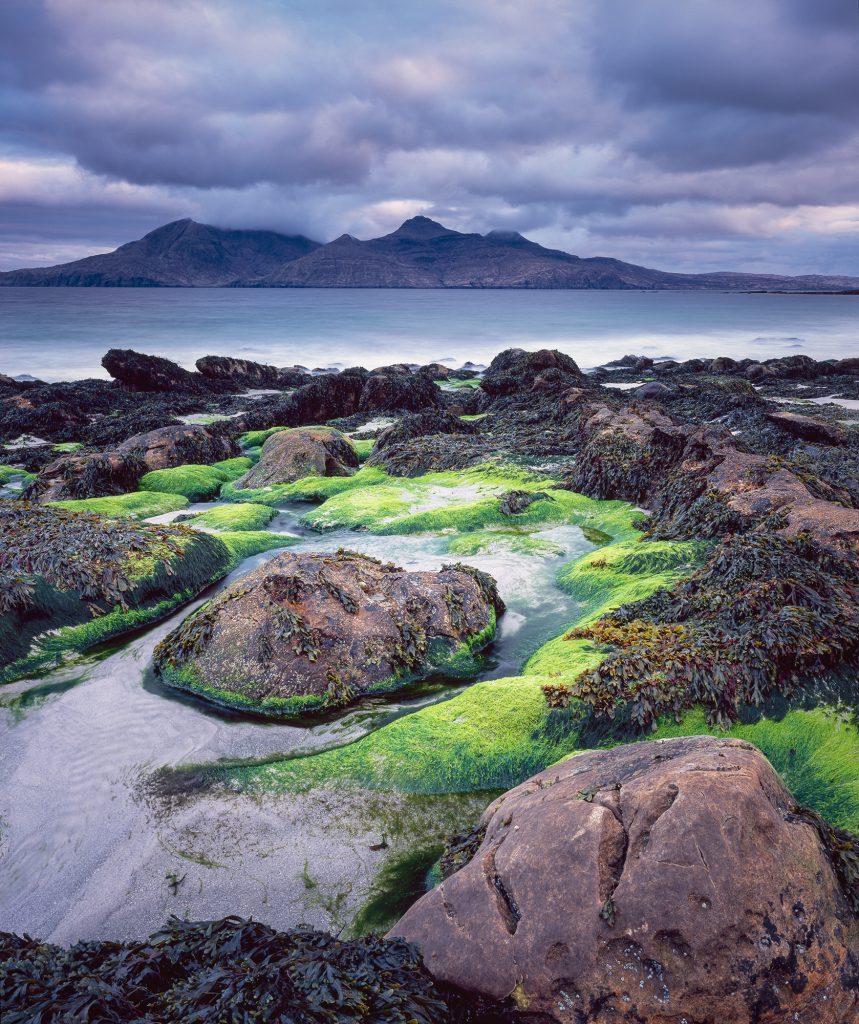
Variable density filters
Variable density filters (VDF) are often disliked or often picked up as an introduction to filters and long exposure photography but these filters get a lot of bad rap for the wrong reasons.
A variable density filter uses two rotating polarising layers of glass to reduce light hitting the sensor and because of this variable density filters have some set backs. Cross polarisation (A large X across the photo) and vignetting around the corners as you rotate the filter to increase polarisation and reducing light hitting the sensor.
This will happen on any variable density filter, no matter the brand or it’s price tag but some manufacturing advances help to reduce this. Adding stop gauges to prevent the user from rotating the filter beyond the minimum or maximum settings and reducing the density in which the filters work within. For example, 2-8 stops, rather than 1-10 stops.
Furthermore, the polarised glass used on a variable density filter are not the same as a traditional circular polariser used to reduce glare or boost colours in a landscape. So if you want to achieve a polarising effect, you need a polarising filter.
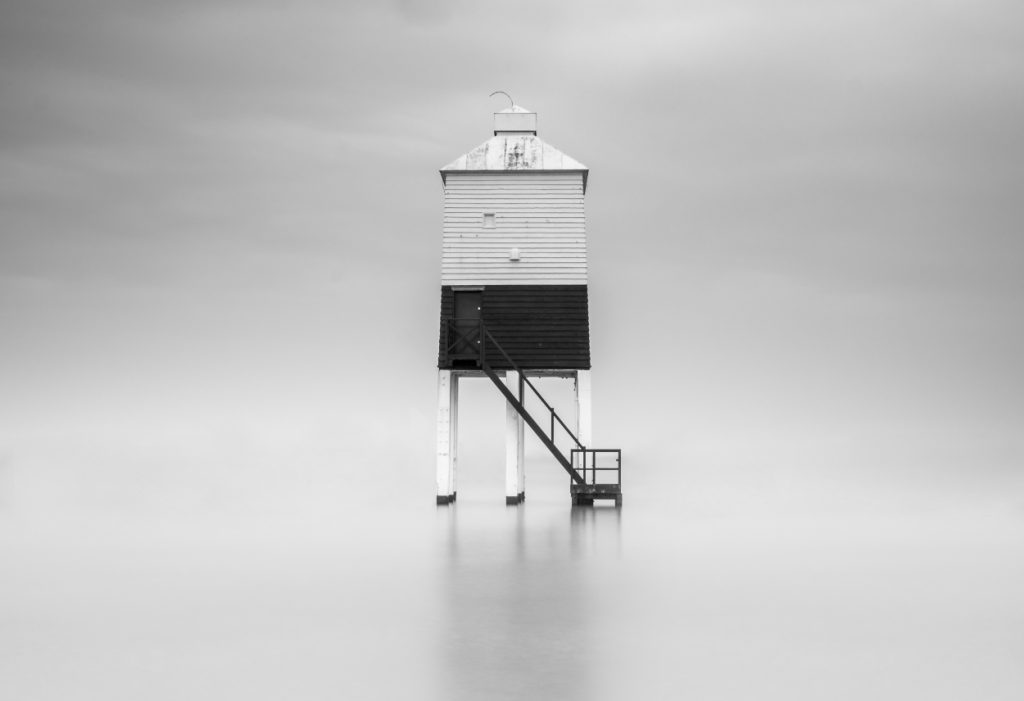
A variable density filter is best served for videographers, this allows the user to quickly rotate the filter without the need to switch fixed f-stop filters, making it quicker and easier to continue shooting continuously without stopping the footage, and all the while still achieving a shallow depth of field and maintain a constant shutter speed for video in bright light.
For photographers, the above benefits are useful for wedding and portrait photographers to allow quick and adaptable filter on the front of the lens without compromising in time, preventing you from missing a shot. However, magnetic circular filters maybe be a better solution for photographers in this category.
As for landscape photographers, those wishing to capture long exposures, sunrise or sunset can use a variable density filter but additional methods may be required to help reduce the impact of the cross polarisation through exposure blending and creating composites which will require postprocessing knowledge. The variable density filter can benefit those looking to shoot fast, in changing light conditions and looking for convenience as it saves you having to carry around separate filters.






